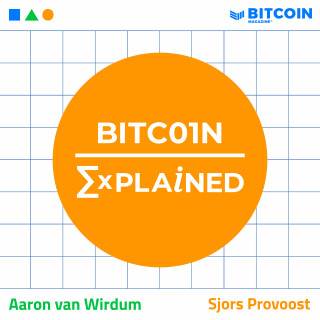

In this episode of Bitcoin, Explained, hosts Aaron van Wirdum and Sjors Provoost discuss Hierarchical Deterministic (HD) Wallets, mnemonic codes, and — especially — the new SeedQR format which allows users to store their mnemonic codes as QR codes.
Aaron and Sjors start the episode by recapping what HD Wallets (also known as private key seeds) are, and why they are preferred over regular private key backups. Next, they briefly explain why mnemonic codes (also known as seed phrases) are a popular solution for encoding and storing private key seeds.
The Bitcoin, Explained hosts then go on to discuss SeedQR. SeedQR is a new format that allows Bitcoin users to encode and store their mnemonic code as a QR code. This means that mnemonic codes can be stored in a computer-readable format; any compatible device (like a hardware wallet with a camera) should be able to scan the QR code, and import all associated private keys.
This could be useful for backups. but it could also be used so that wallets (including hardware wallets, but also mobile or desktop wallets) no longer have to store private keys at all. The QR code could be scanned when the wallet is used to send a transaction, after which the private keys could be forgotten by the device altogether. (SeedSigner is an open source, do-it-yourself hardware wallet that does exactly this.)
Finally, Sjors goes over some of the intricacies of formatting a seed phrase to fit in a compact QR code, and some of the efficiency gains SeedQR uses to accomplish this.